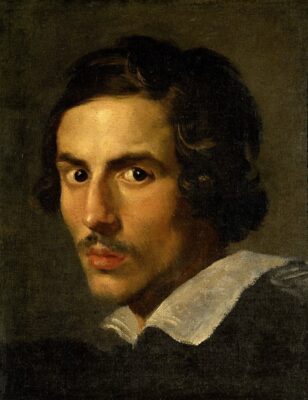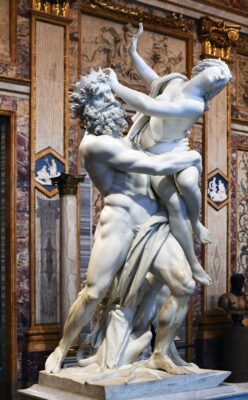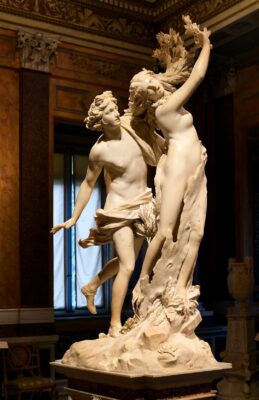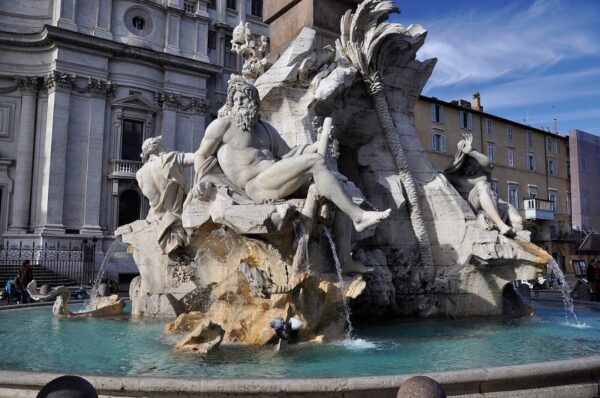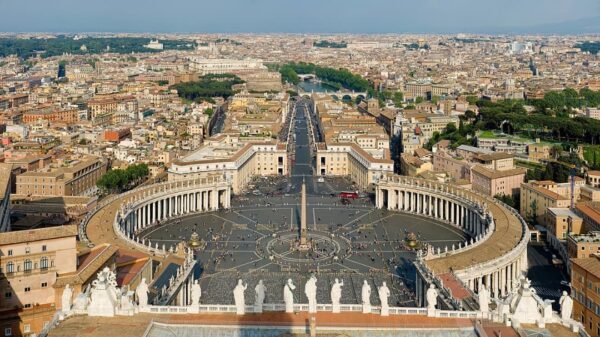Gian Lorenzo Bernini
Intérprete del sentimiento y de la vida romana, escultor y arquitecto oficial del papado, Bernini dominó todo su siglo, todo el arte de Roma, y trabajó incesantemente bajo nueve pontificados. Se le llamó corruptor, mejor debería llamársele regenerador. En las aguas estancadas del arte con las que se abrió el siglo XVII, grandes sin grandeza, incorrectas sin novedad, trajo el poderoso soplo del genio; las agitó, las removió hasta convertirlas en una tormenta. Lo grande, lo magnífico, lo ingenioso, lo llamativo, lo maravilloso, lo excesivo, era el espíritu, el ideal de la época; todo esto Bernini, el Miguel Ángel del sur, lo tradujo en arte.
Domenico Gnoli, poeta e historiador
El Renacimiento italiano tuvo a Miguel Ángel, y el barroco tuvo a Bernini. Y aunque este último no logró la cualidad casi “divina” del primero, sobre todo en la pintura, sí fue un coloso del arte; un pintor más que correcto, un sobresaliente arquitecto, y sin lugar a dudas el mejor escultor de su era.
Imagen: Gian Lorenzo Bernini: “Autorretrato”, 1623. Óleo sobre lienzo, 38 x 30 cm. Galleria Borghese, Roma.
Hijo de un conocido escultor, Bernini nació en Nápoles en 1598, aunque siendo niño se trasladó con su familia a Nápoles. Como es fácilmente entendible, en las primeras obras del artista (como por ejemplo el “Fauno entretenido por cupidos”, 1616-17, del Metropolitan Museum) es difícil distinguir qué grado de involucración tuvo su padre, aunque sí dejan claro que el talento de Gian Lorenzo se debió manifestar muy pronto, lo que hizo que el poderoso Cardenal Scipione Borghese se interesase por su obra, encargándole varias esculturas para su villa en Roma, conocida hoy como Villa Borghese.
Entre 1619 y 1625, con poco más de veinte año, Bernini crea cuatro esculturas para el Cardenal Borghese que se encuentran entre las más importantes obras del barroco italiano, y que bastarían para asegurar a su autor un lugar de relevancia en la historia de la escultura: “Eneas, Anquises y Ascanio” (1619), “El rapto de Proserpina” (1621-22), “David” (1623-24) y “Apolo y Dafne” (1622-25), que fueron inmediatamente admiradas por sus contemporáneos. «Apolo y Dafne», quizás la más lograda de todas ellas, «rompe radicalmente con las tradiciones escultóricas del Quinientos, con el concepto de la estatua como bloque único (…), como objeto estático y confinado en un espacio que el espectador define con su movimiento más que como artefacto dinámico que irrumpe con violencia en nuestro ámbito espacial y en nuestra experiencia» (Fernando Marías, «Bernini», 1993).
Gian Lorenzo Bernini: “El rapto de Proserpina”, 1621-22. Mármol, altura: 255 cm. Galleria Borghese, Roma. Fotografía: Architas ·· Gian Lorenzo Bernini: “Apolo y Dafne”, 1622-25. Mármol, altura: 243 cm Galleria Borghese, Roma. Fotografía: Architas
El estatus de Bernini como pincipal escultor de Roma estaba ya consagrado, y durante su vida gozó de la protección de siete papas. Durante el papado de Urbano VIII, declarado admirador de Bernini, realiza el Baldaquino de San Pedro (1623-34), obra a medio camino entre la escultura y la arquitectura, realizado en el taller de su padre con la colaboración de otras destacadas figuras del barroco, como Francesco Borromini. Para la Basílica de San Pedro realiza también el enorme “San Longinos” (1629-38), y recibe encargos para obras tan relevantes como la Fontana del Tritone (1624–43) y la Fontana della Barcaccia (1627), ambas en Roma. Su enorme fama le llevó a recibir encargos de algunos de los personajes más importantes de la Europa de su época, como el Cardenal Richelieu, de quien realiza un busto (1641-42) conservado hoy en el Louvre de París.
Con el comienzo del papado de Inocencio X, coincidente con el fracaso de su proyecto para el campanario de la fachada de la basílica de San Pedro, que tuvo que ser demolido, la carrera de Bernini sufrió un breve revés, del que se recuperaría muy pronto, realizando dos de sus obras cumbres, su escultura del “Éxtasis de Santa Teresa” (1645-52) para la Iglesia de Santa Maria della Vittoria en Roma y la Fontana dei Quattro Fiumi, diseñada en 1651. Con el comienzo del papado de Alejandro VII Bernini acomete la que es quizás su obra más conocida, el diseño para la Plaza de San Pedro del Vaticano, posiblemente la gran obra maestra del urbanismo barroco.
Fontana dei Quattro Fiumi. Diseño de Gian Lorenzo Bernini, 1651. Fotografía: Paul Hermans ·· Plaza de San Pedro, Vaticano. Diseño de Gian Lorenzo Bernini. 1656-67. Fotografía: Diliff
En 1665, Bernini es requerido por el Rey Luis XIV de Francia, de quien realiza un sensacional busto conservado hoy en el Palacio de Versalles. Pese a su enorme fama, los diseños de Bernini para la modificación del Palacio del Louvre no convencen al rey, y regresa a Roma al año siguiente, donde residió hasta su muerte, en 1680. Entre sus últimas obras destaca la Tumba de Alejandro VII, un complejo conjunto de mármoles policromados situado en el en el deambulatorio de la Basílica de San Pedro.
G. Fernández · theartwolf.com
Follow us on:

